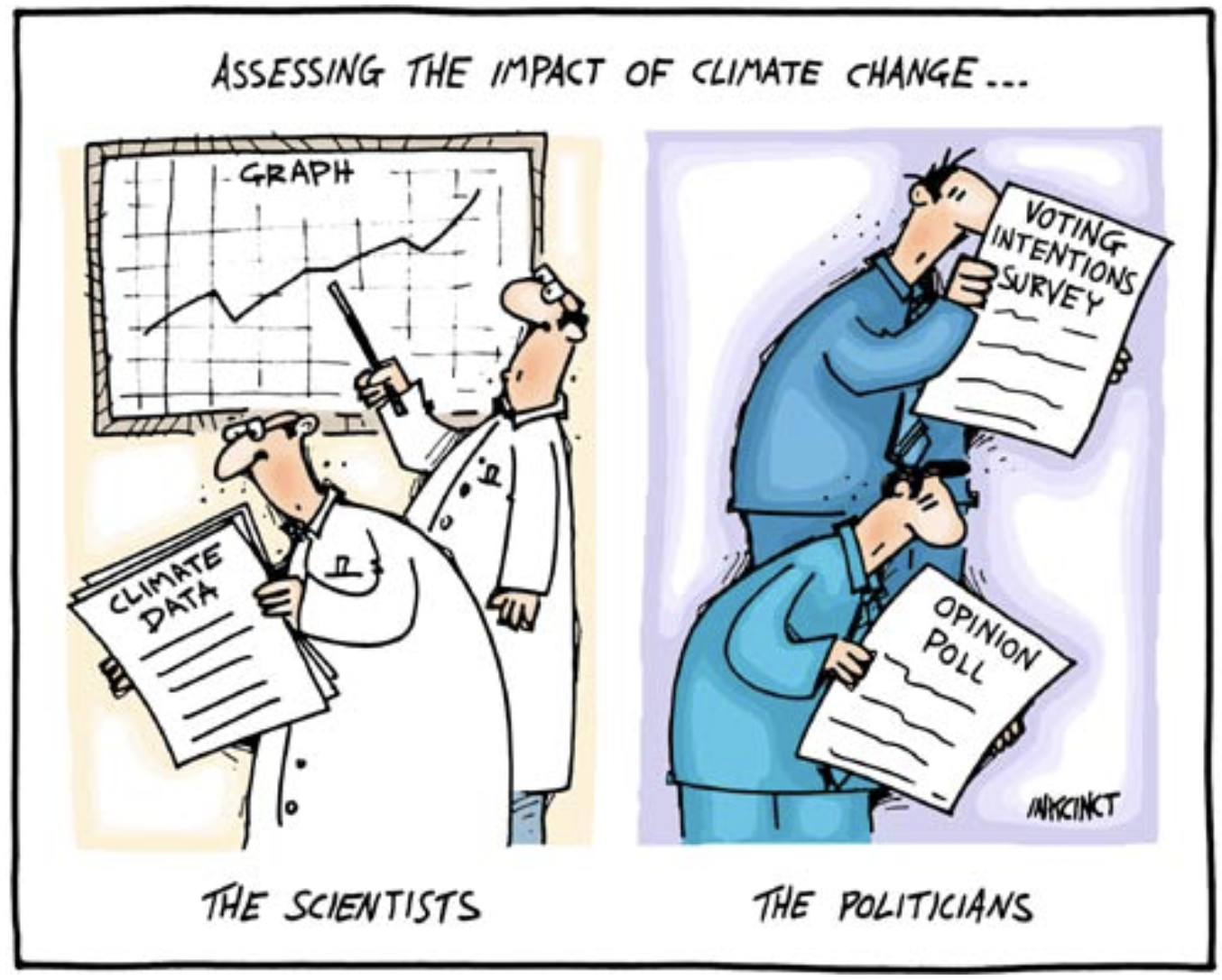New York Times stepped back on the global warming soapbox today with “Studies Portray Tropical Arctic in Distant Past“. The Times reports on three papers published today in Nature, to which—damnit—I am not a subscriber.
The 2004 Arctic Coring Expedition (ACEX) recovered 430-meter sea floor sediment core that provides a 56-million year snapshot of the Earth’s weather. And whoa, get this, “55 million years ago the Arctic Ocean was much warmer than scientists imagined—a Floridian year-round average of 74 degrees” (23.3 degrees Celsius), according to the Times. Whoa, break out the lawn chairs. That’s July weather back home in Maine.
Reports of an ancient, hot Arctic—presumably because of greenhouse gases—are sure to foster theories about global warming. Public sentiment about global warming doesn’t make it fact. Global warming is a theory, and it’s one I skeptically view.
Consider the computer models used to demonstrate greenhouse effects. In best of circumstances—best meaning the computers accurately model—the results are only as good as the data put in. And there is a whole heck of a lot humans don’t know about the planet. In that sense, the ACEX is an important effort in filling in gaps. There is much the planet’s history could convey for understanding the Earth’s future. One lesson: The models don’t work well enough.
See, there has been computer weather modeling of the past, too. Reports the Times: “The temperatures recorded in the samples, right through the peak of warming 55 million years ago, were consistently about 18 degrees higher than those projected by computer models trying to ‘backcast’ what the Arctic was like at the time, according to one of the papers [published in Nature]”. A couple of degrees make huge differences when trying to fathom weather patterns. Eighteen degrees is an enormous gap, and one that blows to hell out of “backcast” computer models.
Assuming greenhouse gas theories are correct, warming isn’t necessarily doom and gloom for the planet (although the same might not be said for our species). “Colder conditions, and the recent cycle of ice ages and brief thaws, began quite soon after the hothouse conditions 50 million years ago”, reports the Times. The planet may do just nicely, thank-you, if the past is a measure. “A centerpiece of their argument is a single pebble, about the size of a chickpea, found in a layer created 45 million years ago”.
The weight of a stone in formulating a scientific theory is one of the great problems in science today. Even with the best of intentions, scientists often make sweeping conclusions that are drawn from scant, real evidence. Granted, in this instance the scientists have the hindsight of global change—an ice age as recently as 10,000 years ago—but a scientific mountain is nevertheless being made from a single pebble.
The Earth may well be warming because of carbon dioxide gases, but there is evidence that contradicts global warming theories, too. Contradiction tells us that we simply don’t yet know enough about our planet and its current state to truly ascertain what in the hell is going on. Consequences are often hard to fathom, even with good theory. For example, many plants thrive on carbon dioxide and, in return, put oxygen back into the air. What happens if heartier plants take carbon dioxide from the air? Certainly there are other gases at work, too. The point: The atmosphere is a complex mix of gases affected by more than just humans.
As for global warming, it’s not a fact but a poorly proven theory. Hopefully, though, continued study of our planet will give us enough information to make a fairly rational and accurate guess about the planet’s future state. Today’s papers in Nature provide one view of the puzzle.
Cartoon Credit: John Ditchbum, courtesy of INKCINCT Cartoons
